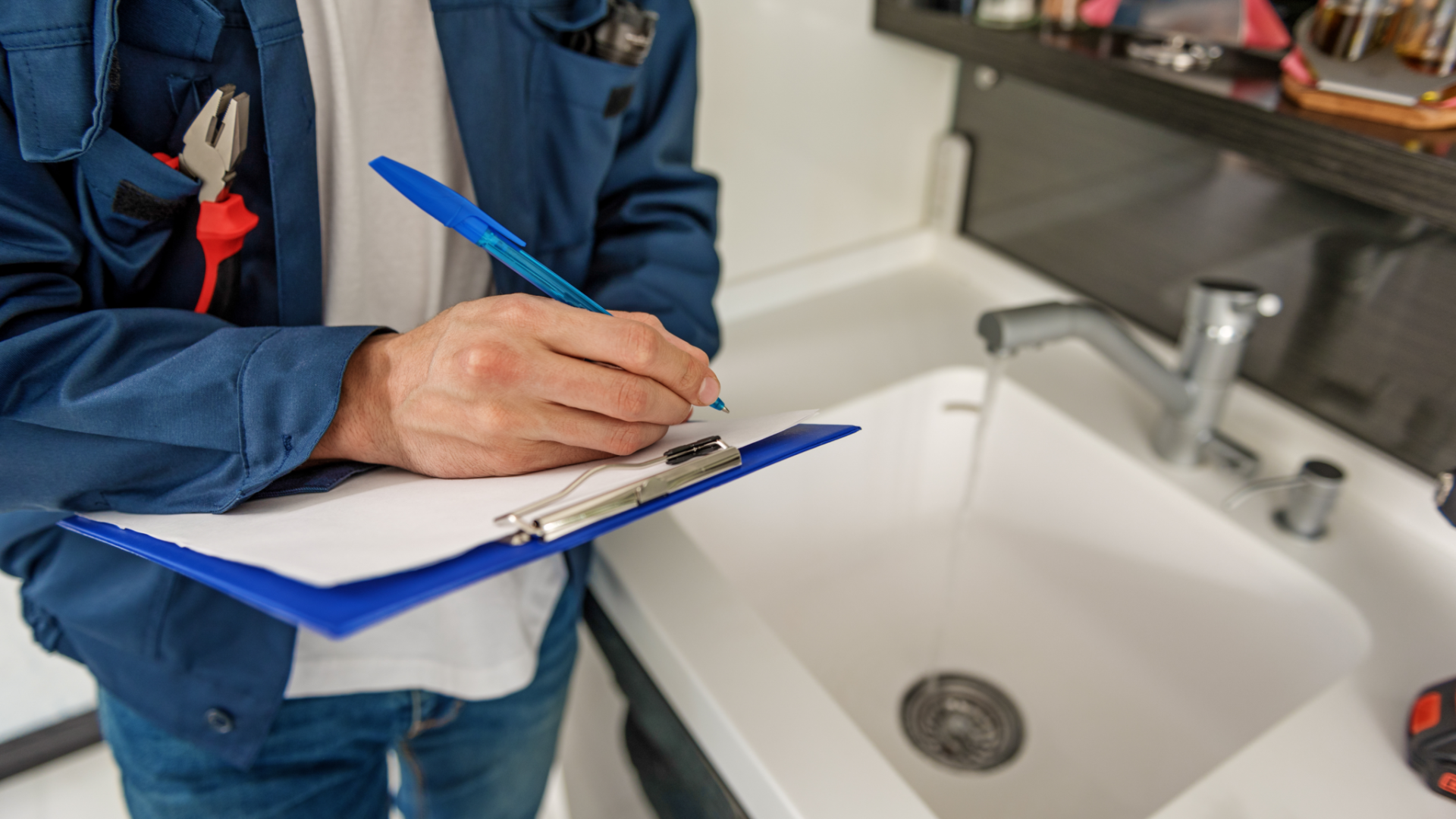Property maintenance can be a daunting task, primarily due to its unpredictability. But after years in the maintenance game, our team has discovered trends in the property maintenance sphere. You can implement a few key things to help your team prepare for common property maintenance issues. By implementing these practices, the efficiency of your maintenance team will increase.
First, familiarize yourself with the everyday maintenance issues that can arise, such as plumbing, electrical, and roof problems. Have a plan for dealing with these issues, and keep emergency contact numbers handy when you need help. Make sure you have the tools and supplies to fix minor problems before they become more significant. Lastly, keep your property well-maintained to prevent any major issues from occurring in the first place. Regularly inspect your property and address any problems as soon as possible. By taking the time to prepare for common property maintenance issues, you can save yourself time, money, and stress.
1: Schedule routine inspections of properties
One of the best ways to prepare for common property maintenance issues is to catch them before they occur. Have your maintenance team schedule routine property inspections to look at the property condition regularly. This way, your team will notice any issues with any of your assets and can schedule a repair. In doing this, you can catch minor problems and get them fixed before they lead to a more significant maintenance emergency. In addition, you can schedule routine tasks like replacing air and furnace filters and flushing water heaters to help improve the longevity of your appliances.
This not only increase the longevity and value of your properties, but provides a better resident experience since you are fixing things before they break. Not to mention, this significantly lowers your maintenance costs, as you are limiting expensive emergency repairs.
2: Outline resident responsibilities in your lease agreement
Many work orders submitted by residents are for issues that the resident is responsible for fixing, not the maintenance staff. This may include cleaning, replacing light bulbs, disposing of garbage, snow removal, and landscaping. When you meet with a potential new resident, clearly outline the maintenance tasks they are responsible for. In addition to discussing with new residents, make sure your lease clearly states these responsibilities so there is a physical record of them and proof your residents are aware of their maintenance responsibilities.
3: Keep thorough records
Thorough records of maintenance help property managers to:
- Ensure that all maintenance tasks are completed and up-to-date, reducing the risk of legal or safety issues.
- Track expenses and budget for future maintenance costs, allowing for more effective financial planning.
- Provide evidence of regular maintenance for insurance claims, improving the chances of successful claims.
- Evaluate the performance of contractors and vendors, allowing for informed decision-making when choosing service providers.
- Improve communication between different departments, ensuring a smooth and efficient maintenance process.
- Have complete oversight of the maintenance process and can share that information with property owners.
Overall, maintaining thorough maintenance records helps property managers provide better service to their clients, maintain the property’s value, and comply with relevant laws and regulations.
4: Develop a strong maintenance team
Developing a strong team of internal maintenance technicians can provide many benefits, including:
- Improved response times: Having in-house technicians allows for a quicker response to maintenance requests and emergencies.
- Increased control: Internal technicians allow property managers to have direct control over the quality and timeliness of maintenance work, reducing the risk of mistakes or delays.
- Cost savings: Using internal technicians can often be more cost-effective than outsourcing maintenance work, especially for frequent or routine tasks.
- Better knowledge of the property: Internal technicians who work on a property over time gain a deep understanding of its systems, reducing the risk of misdiagnosis or repeated repairs.
- Improved customer satisfaction: Quicker response times and higher-quality work can increase customer satisfaction.
- Increased job satisfaction and employee retention: Providing opportunities for growth and development can improve job satisfaction and increase employee retention, reducing the need for frequent staffing changes.
Overall, developing a solid team of internal maintenance technicians can result in a more efficient, cost-effective, and high-quality maintenance program.
Implementing these practices into your maintenance process will provide you with better oversight into your maintenance process, allowing you to be more predictable. This will help you understand when maintenance issues may arise and how to deal with them efficiently.
Schedule a demo with our maintenance experts if you’re interested in implementing the above practices but need help figuring out where to start. With dedicated maintenance software, you can have complete oversight of the status of your work orders and have detailed records of all maintenance activity.





